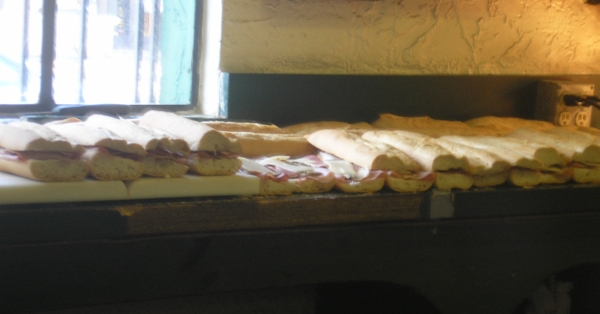Facts About Cuban bread
Cuban bread is a delightful white bread, much like French and Italian varieties, typically baked in long, baguette-like loaves. As a cornerstone of Cuban-American cuisine, it is especially renowned for its key role in the beloved Cuban sandwich.
The story of Cuban bread in the U.S. begins in the late 19th century in Tampa, Florida. There is a friendly rivalry between Tampa and Miami over which city makes the best Cuban bread, but Tampa's claim to fame is robust. The first commercial bakery to produce Cuban bread in the U.S. was La Joven Francesca in Ybor City, Tampa, founded by Francisco Ferlita in 1896.
Ferlita's bakery has an interesting history. After a fire destroyed it in 1922, the bakery was rebuilt and became a major supplier of Cuban bread in the region. Today, La Segunda Bakery, started by Juan Morè, holds the title of the largest Cuban bread producer in the world.
Traditional Cuban bread has some unique features. It's long and rectangular with a hard, thin, toasted crust and a soft, flaky interior. The bread is known for its distinctive air pockets, a result of stretching the dough thin.
Cuban bread isn't just for sandwiches; it's also fantastic toasted with butter and served alongside a cup of café con leche. However, because the traditional recipe lacks preservatives, it tends to go stale quickly. To keep it fresh, you can freeze it for later use or for shipping. In Tampa, stale Cuban bread finds new life in recipes like deviled crab breading. It even has a quirky role in local culture, being used in protests by the Conch Republic and in mock battles during Tampa's Gasparilla Pirate Festival.
